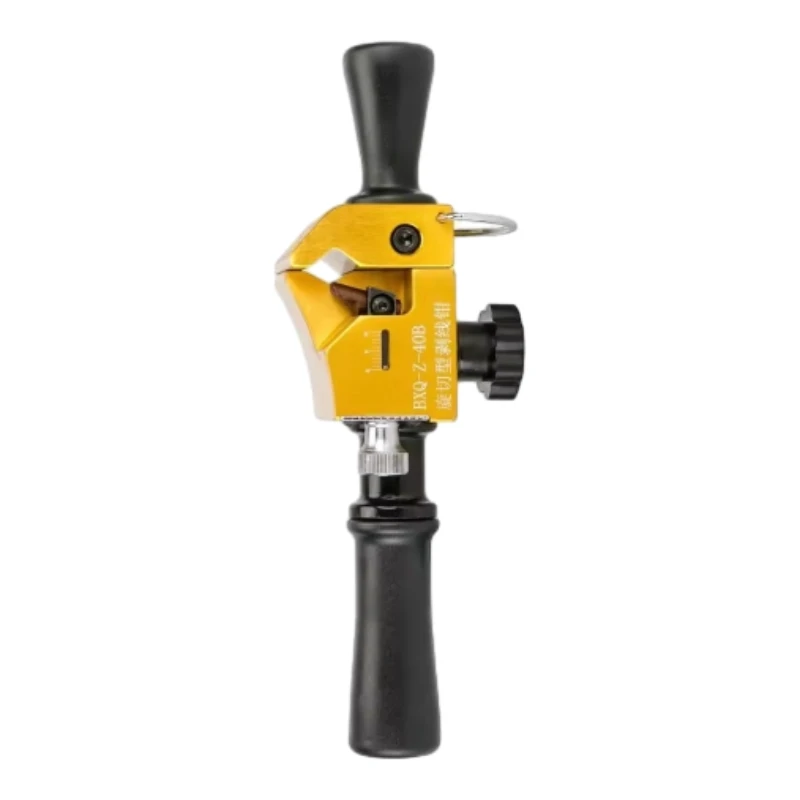
-
 Afrikaans
Afrikaans -
 Albanian
Albanian -
 Amharic
Amharic -
 Arabic
Arabic -
 Armenian
Armenian -
 Azerbaijani
Azerbaijani -
 Basque
Basque -
 Belarusian
Belarusian -
 Bengali
Bengali -
 Bosnian
Bosnian -
 Bulgarian
Bulgarian -
 Catalan
Catalan -
 Cebuano
Cebuano -
 Corsican
Corsican -
 Croatian
Croatian -
 Czech
Czech -
 Danish
Danish -
 Dutch
Dutch -
 English
English -
 Esperanto
Esperanto -
 Estonian
Estonian -
 Finnish
Finnish -
 French
French -
 Frisian
Frisian -
 Galician
Galician -
 Georgian
Georgian -
 German
German -
 Greek
Greek -
 Gujarati
Gujarati -
 Haitian Creole
Haitian Creole -
 hausa
hausa -
 hawaiian
hawaiian -
 Hebrew
Hebrew -
 Hindi
Hindi -
 Miao
Miao -
 Hungarian
Hungarian -
 Icelandic
Icelandic -
 igbo
igbo -
 Indonesian
Indonesian -
 irish
irish -
 Italian
Italian -
 Japanese
Japanese -
 Javanese
Javanese -
 Kannada
Kannada -
 kazakh
kazakh -
 Khmer
Khmer -
 Rwandese
Rwandese -
 Korean
Korean -
 Kurdish
Kurdish -
 Kyrgyz
Kyrgyz -
 Lao
Lao -
 Latin
Latin -
 Latvian
Latvian -
 Lithuanian
Lithuanian -
 Luxembourgish
Luxembourgish -
 Macedonian
Macedonian -
 Malgashi
Malgashi -
 Malay
Malay -
 Malayalam
Malayalam -
 Maltese
Maltese -
 Maori
Maori -
 Marathi
Marathi -
 Mongolian
Mongolian -
 Myanmar
Myanmar -
 Nepali
Nepali -
 Norwegian
Norwegian -
 Norwegian
Norwegian -
 Occitan
Occitan -
 Pashto
Pashto -
 Persian
Persian -
 Polish
Polish -
 Portuguese
Portuguese -
 Punjabi
Punjabi -
 Romanian
Romanian -
 Russian
Russian -
 Samoan
Samoan -
 Scottish Gaelic
Scottish Gaelic -
 Serbian
Serbian -
 Sesotho
Sesotho -
 Shona
Shona -
 Sindhi
Sindhi -
 Sinhala
Sinhala -
 Slovak
Slovak -
 Slovenian
Slovenian -
 Somali
Somali -
 Spanish
Spanish -
 Sundanese
Sundanese -
 Swahili
Swahili -
 Swedish
Swedish -
 Tagalog
Tagalog -
 Tajik
Tajik -
 Tamil
Tamil -
 Tatar
Tatar -
 Telugu
Telugu -
 Thai
Thai -
 Turkish
Turkish -
 Turkmen
Turkmen -
 Ukrainian
Ukrainian -
 Urdu
Urdu -
 Uighur
Uighur -
 Uzbek
Uzbek -
 Vietnamese
Vietnamese -
 Welsh
Welsh -
 Bantu
Bantu -
 Yiddish
Yiddish -
 Yoruba
Yoruba -
 Zulu
Zulu


Oct . 02, 2024 17:02 Back to list
conduit wire clamp
Understanding Conduit Wire Clamps Essential Components for Electrical Installations
In the realm of electrical installations, safety and functionality are paramount. A key component often overlooked is the conduit wire clamp, which plays a crucial role in securing electrical conduits and protecting wires. This article delves into the significance of conduit wire clamps, their types, uses, and best practices for installation.
What Are Conduit Wire Clamps?
Conduit wire clamps are specialized fixtures designed to hold electrical conduits in place and ensure that wires run through them remain secure and organized. Typically made from durable materials such as metal or plastic, these clamps help in preventing physical damage to wires and maintaining a neat installation. By keeping wires aligned, conduit clamps aid in reducing the risk of electrical shorts and other hazardous situations that might arise due to loose or improperly positioned wiring.
Types of Conduit Wire Clamps
There are various types of conduit wire clamps available in the market, each designed for specific applications
1. Metal Clamps Often constructed from steel or aluminum, metal clamps are known for their strength and durability. They are ideal for outdoor or industrial settings where environmental factors may pose risks to wire integrity.
2. Plastic Clamps Lightweight and corrosion-resistant, plastic clamps are perfect for indoor installations. They are easy to handle and less prone to short-circuiting, making them suitable for residential electrical work.
3. Adjustable Clamps These clamps can be modified to fit different sizes of conduits, offering versatility in wiring installations. They are often used when future adjustments or expansions are anticipated.
4. Single and Double Clamps Single clamps secure one conduit, while double clamps can hold two conduits simultaneously. The choice between them depends on the installation requirements and the number of conduits to be managed.
conduit wire clamp

Applications and Benefits
Conduit wire clamps are versatile and essential for various electrical applications. They not only help in maintaining organization within electrical installations but also enhance safety by preventing cables from sagging or becoming dislodged. This is especially important in environments where physical activity might occur, such as in commercial spaces or factories.
Moreover, these clamps are critical for compliance with electrical codes and regulations. Properly secured conduits reduce the likelihood of accidents, ensuring that inspections pass smoothly and installations remain up to standard.
Best Practices for Installation
To maximize the efficacy of conduit wire clamps, it’s important to follow best practices during installation
- Proper Spacing Ensure that clamps are spaced correctly along the conduit. The National Electrical Code (NEC) provides guidance on the spacing requirements, which should be adhered to for safety.
- Secure Mounting Use appropriate anchors for mounting clamps to ensure they can withstand the weight of the conduit and any tension from the wires inside.
- Inspect Regularly Regular inspection of conduit wire clamps can help identify any signs of wear or damage, allowing for timely replacements and reducing the risk of electrical hazards.
In conclusion, conduit wire clamps are indispensable components in electrical installations, providing both safety and organization. By understanding the types, applications, and best practices for their use, electricians and DIY enthusiasts can create safe and efficient electrical systems. Investing in high-quality clamps and ensuring proper installation will go a long way in safeguarding electrical systems from potential failures.
Latest news
What Are Construction Tools and How Are They Used?
NewsJul.11,2025
Professional-Grade Duct Rodding Tools for Superior Cable Installation
NewsJul.11,2025
Enhancing Safety and Efficiency with Modern Hot Stick Solutions
NewsJul.11,2025
Empowering Cable Installation with Advanced Rodder Solutions
NewsJul.11,2025
Elevate Your Cable Installation Projects with Cable Pulling Tools
NewsJul.11,2025
Efficient Cable Handling Solutions: Cable Rollers for Sale
NewsJul.11,2025











